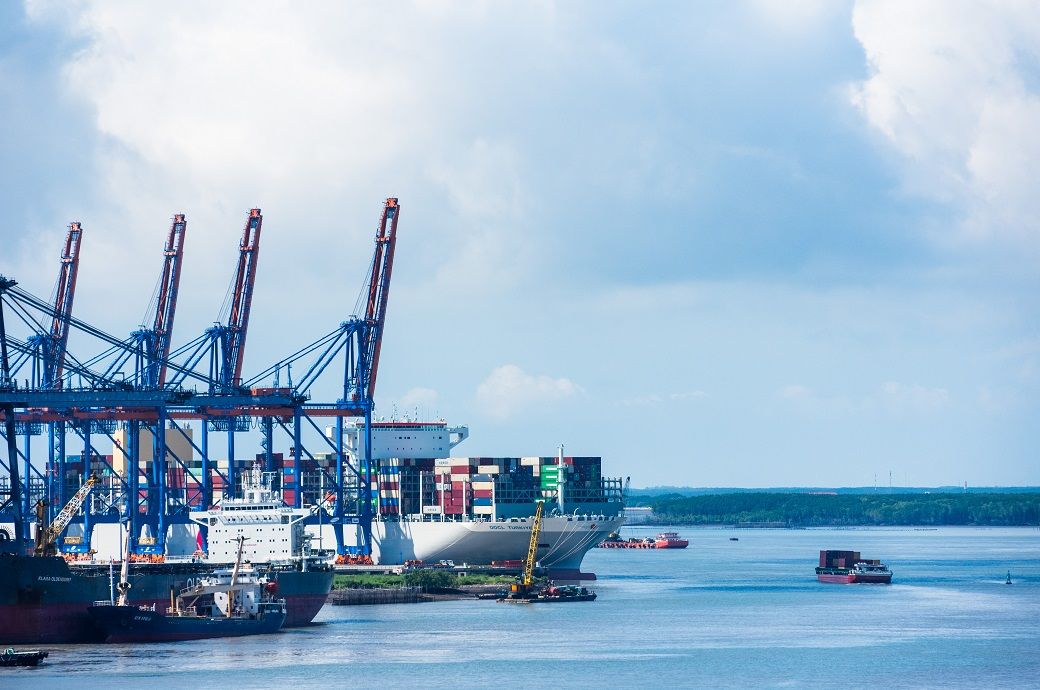
Vietnam's seaport cargo throughput is projected to reach between 1.2 and 1.4 billion tonnes by 2030, with container cargo volumes expected to range from 46.3 to 54.34 million TEUs, according to the country's comprehensive plan for developing seaport groups, wharfs, jetties, buoy berths, and water areas for the period 2021-2030, with an extended vision to 2050.
Seaport groups 1 and 4 are anticipated to manage the largest cargo volumes by 2030, with group 1 expected to handle 321-383 million tonnes and group 4 forecast to manage 499-564 million tonnes.
By 2030, the total land required for seaport development is projected to be 33,800 hectares, which includes areas for the development of seaports, the international transshipment port in Can Gio, and associated industrial and logistics zones. Of this, 17,300 hectares will be specifically allocated to seaports, according to Vietnamese media reports.
Additionally, the total water surface area demand is expected to reach approximately 606,000 hectares.
The investment needed for the seaport system by 2030 is estimated at nearly 352 trillion VND (approximately $13.9 billion). This includes 72.8 trillion VND earmarked for public maritime infrastructure and 278.7 trillion VND allocated for port investments.
Fibre2Fashion News Desk (DP)